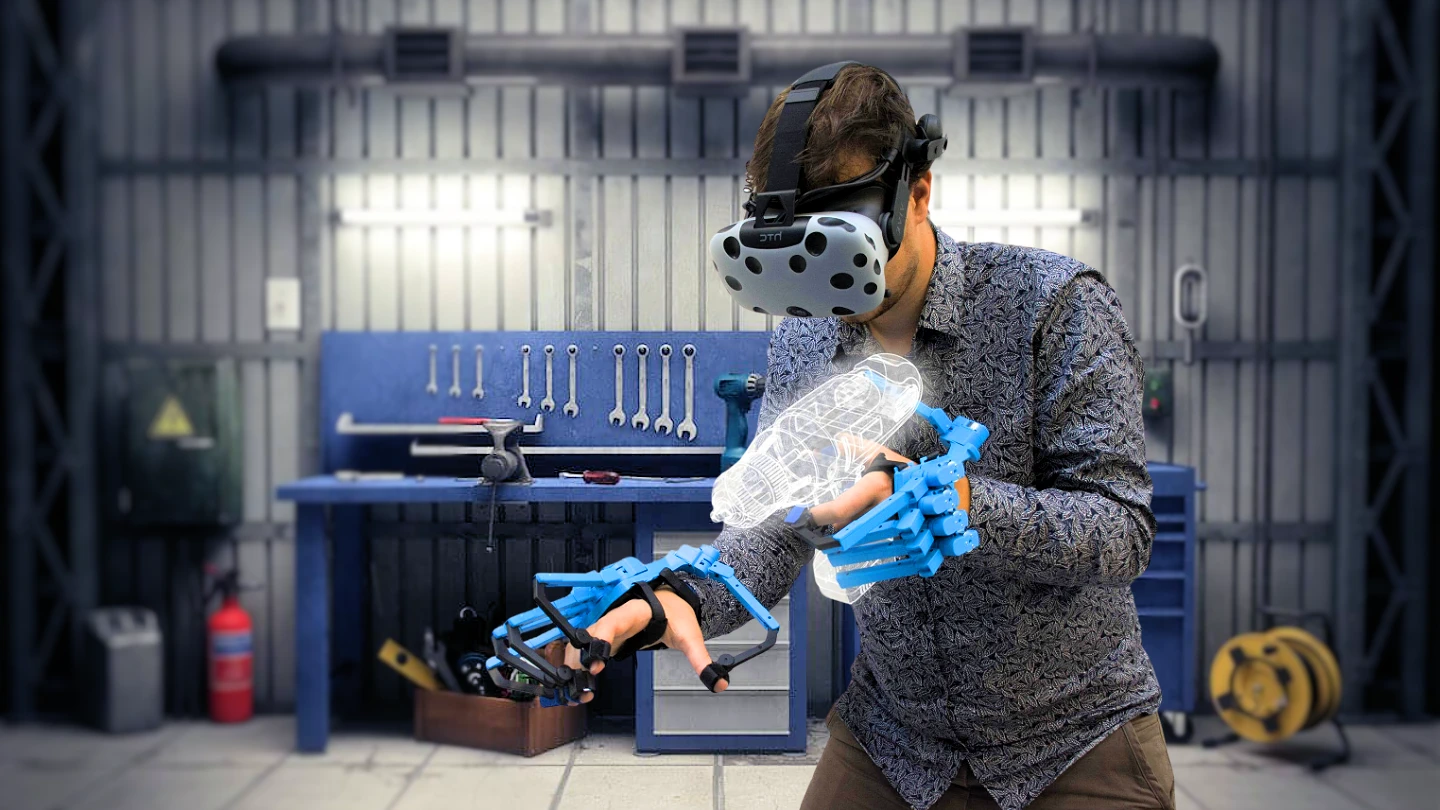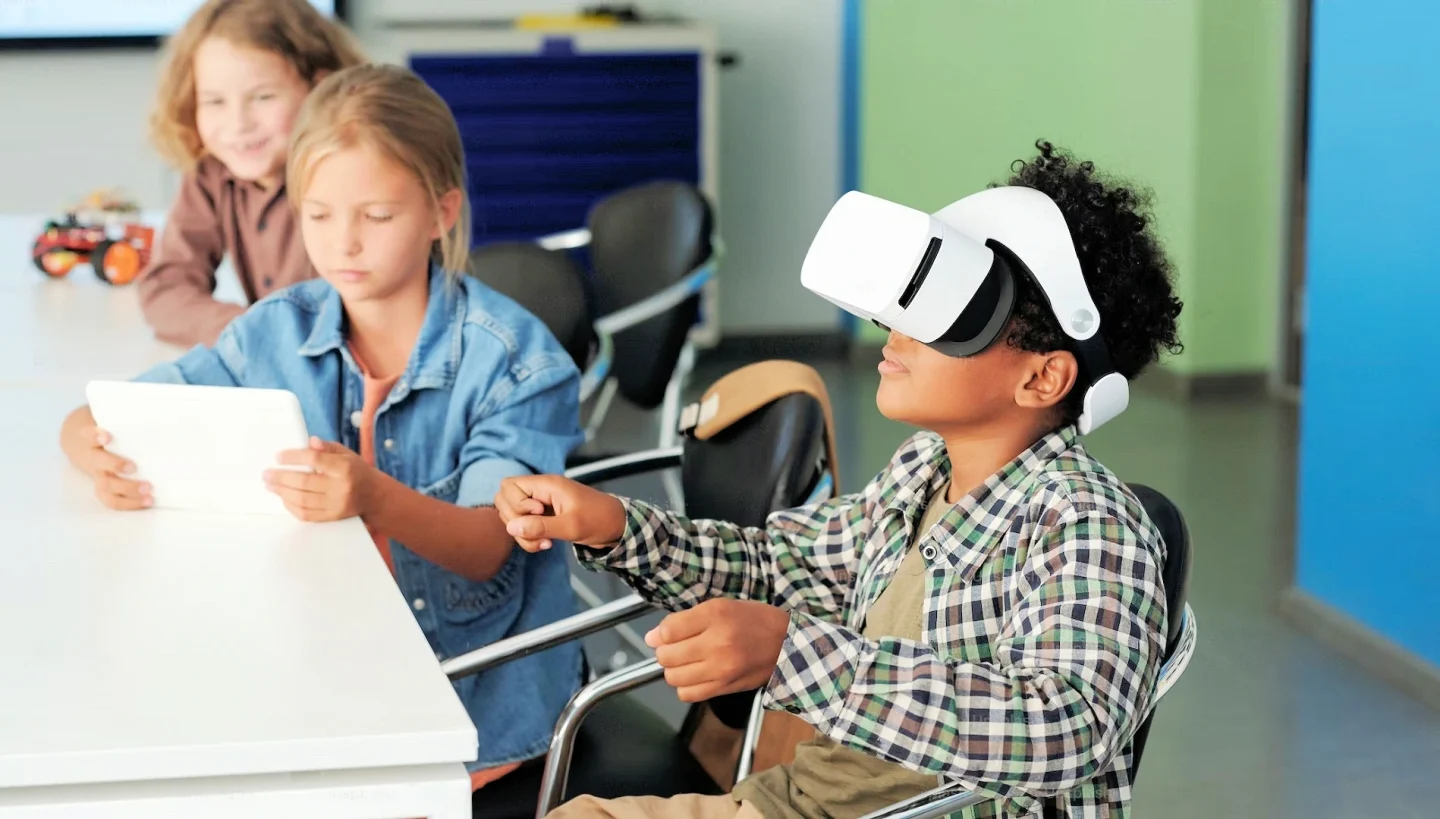How VR Learning Can Help Kids Avoid Summer Learning Loss
When school’s out for the summer, routines change, people go on vacation, and sometimes it feels just plain too hot to study, but VR learning can help kids. Psychology Today cites a 2019 study published in the Phi Beta Kappan that looked at 3.4 million elementary school students in all 50 states.
Based on the results of standardized math and reading tests, students did seem to lose one to two months of learning in reading and one to three months of mathematics learning over the summer.
How to Prevent Summer Learning Loss
A 2015 paper published in the Journal of Educational and Organizational Leadership points to setting up a routine with daily practice in the skills a student is likely to forget and strengthening the relationships between teachers, parents, and students as key to lessening summer learning loss.
Many children and parents aren’t going to want to recreate school during the summer. So, it can help to find creative and different ways to practice the same skills taught during school. Summer reading games at libraries, museum visits, puzzles, and educational games can be alternatives to “regular school” that keep children interested in learning and help practice skills while varying the routine.
Why VR Learning is a Great Option for Summer
Educational technology, such as virtual and augmented learning, is another different way to have fun while practicing academic skills. Alter Learning puts out a whole selection of games for children and teens that reinforce math and science concepts, reading and comprehension skills, problem solving and critical thinking, and teamwork.
Games can work well in the summer because you can play on your family’s own time, around your own schedule, whenever works for you, while still getting regular practice with skills and concepts that will help students when they get back to school. Also, parents and children can play together and bond in a way that facilitates learning.
But VR learning is not just a game. It also has many educational benefits that can enhance your child’s learning experience and outcomes.
Here are some of them:
- VR learning is fun and engaging: Children generally have shorter attention spans than adults, so capturing their interest and motivating them is important. VR learning can do that by creating immersive and interactive environments that stimulate their curiosity and imagination
- VR learning enhances understanding and performance: VR learning can allow students to explore their academic interests and master complicated concepts more deeply. Geometry students, for example, can manipulate and examine 3D shapes, while chemistry students can try different experiments in the safety of a virtual environment. Studies have shown that VR learning can be a more effective learning tool than many other traditional teaching methods.
- VR learning develops positive attitudes and behaviors: VR learning can also influence how students feel and act towards themselves, others, and the world around them. For instance, VR learning can foster empathy by allowing students to experience different perspectives and realities. VR learning can also enhance social skills by promoting peer collaboration and communication.
How to Get Started with VR Learning
If you want VR learning with your child this summer, you will need some basic equipment and resources. Here are some tips on how to get started:
- Ensure ample physical space: To reap the benefits of virtual reality in education, it is important for students to use it safely and comfortably. Make sure you have enough room for your child to move around without bumping into anything or anyone.
- Supervise and moderate VR use in classrooms: Research into the psychological impact of VR on students suggests that VR should be used with caution and moderation, especially for younger children. Monitor your child’s reactions and emotions while using VR, and limit the duration and frequency of VR sessions.
- Know when to use VR: VR is not a substitute for all kinds of learning activities. It is best used when it can enhance or complement other methods of instruction. For example, VR can introduce or reinforce a topic but not teach it entirely.
- Choose appropriate VR content: Many VR apps and games are available for education, but not all are suitable or effective for your child’s age or level. Research before downloading or purchasing any VR content, and check the reviews and ratings from other users.
Bottom Line
VR learning can be a fun and innovative way to keep your child’s mind active and engaged during the summer break. Using VR learning wisely and responsibly, you can help your child avoid summer learning loss and prepare for the next school year. You can join them in their VR adventures and have quality family time. Why not try VR learning this summer and see the difference it can make for your child’s learning and enjoyment?
Frequently Asked Questions:
-
What is VR learning and how can it help kids avoid summer learning loss?
VR learning is a form of educational technology that uses virtual and augmented reality to create immersive and interactive learning environments. VR learning can help kids avoid summer learning loss by engaging their interests, enhancing their understanding and performance, and developing their positive attitudes and behaviors.
-
What are some of the benefits of VR learning for kids?
Some of the benefits of VR learning for kids are:
– It is fun and engaging, which can motivate them to learn and practice their skills.
– It enhances their understanding and performance, allowing them to explore and manipulate complex concepts realistically.
– It develops their positive attitudes and behaviors by fostering empathy, social skills, and curiosity. -
How can I start VR learning with my child this summer?
To get started with VR learning with your child this summer, you will need some basic equipment and resources, such as:
– A VR headset and controller can be purchased online or at a local store.
– A compatible smartphone or computer which can run the VR apps and games.
– A reliable internet connection, which can download and stream the VR content.
– Some VR apps and games that are suitable and effective for your child’s age and level can be found on our platforms. -
What are some tips on how to use VR learning safely and responsibly?
Some tips on how to use VR learning safely and responsibly are:
– Ensure ample physical space for your child to move around without bumping into anything or anyone.
– Supervise and moderate your child’s VR use, and limit the duration and frequency of VR sessions.
– Know when to use VR and when to use other methods of instruction. VR is best used to enhance or complement other learning activities, not to replace them entirely.
– Choose appropriate VR content that matches your child’s interests, needs, and goals. -
Where can I find more information about VR learning for kids?
You can find more information about VR learning for kids from various sources, such as:
– Alter Learning offers a selection of games for children and teens that reinforce math and science concepts, reading and comprehension skills, problem solving and critical thinking, and teamwork. You can visit the website at https://www.alter-learning.com/games
– ClassVR provides a complete solution for using VR in the classroom. You can learn more about their products and services at https://www.classvr.com/.
– Stanford News features an article on the emerging research on the potential power of VR for kids. You can read it at https://news.stanford.edu/2018/04/04/emerging-research-shows-potential-power-vr-kids/.



